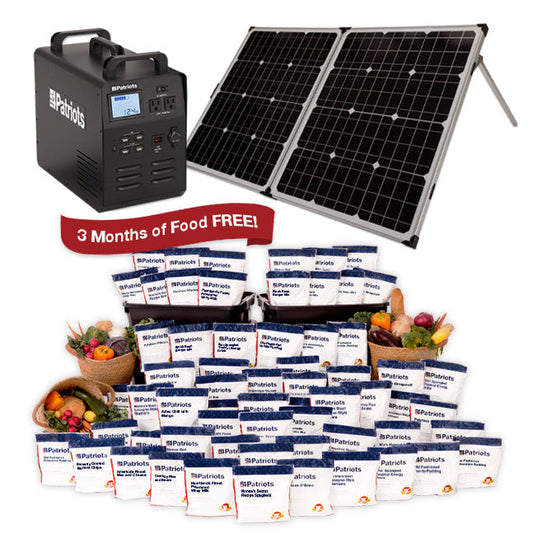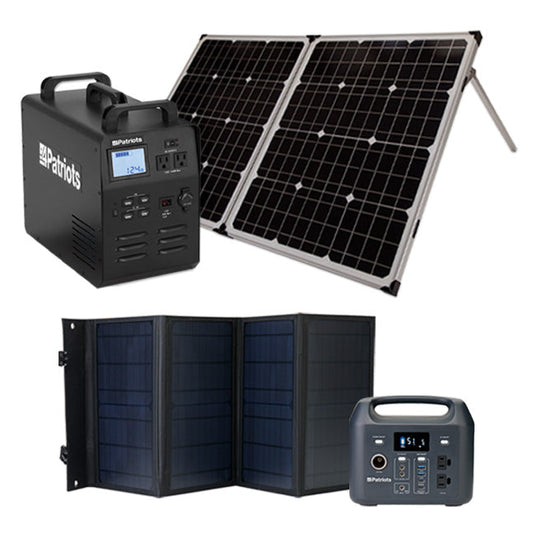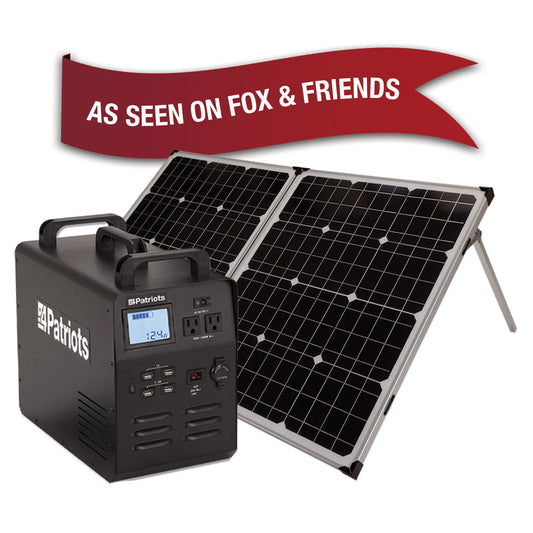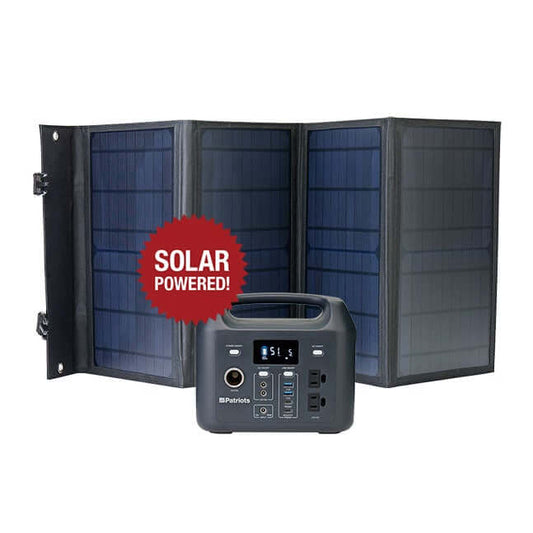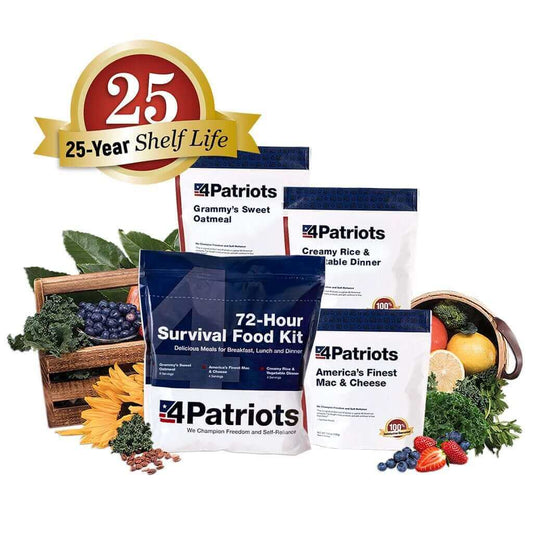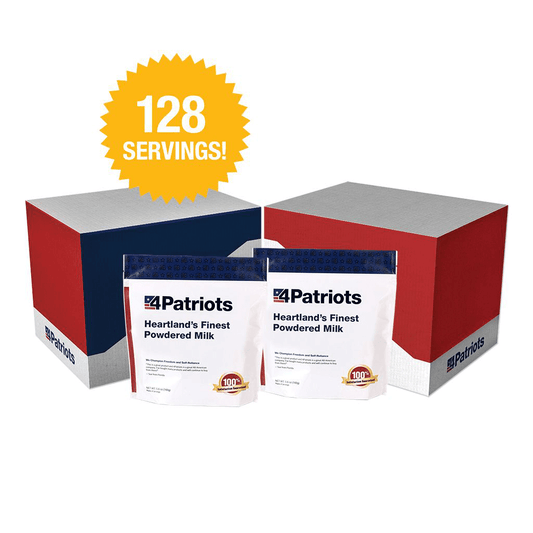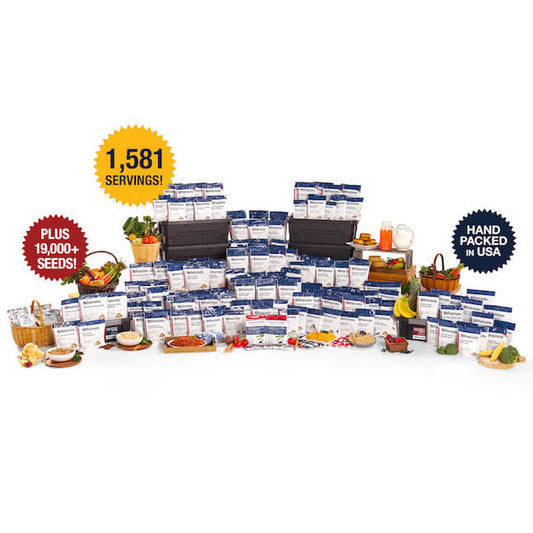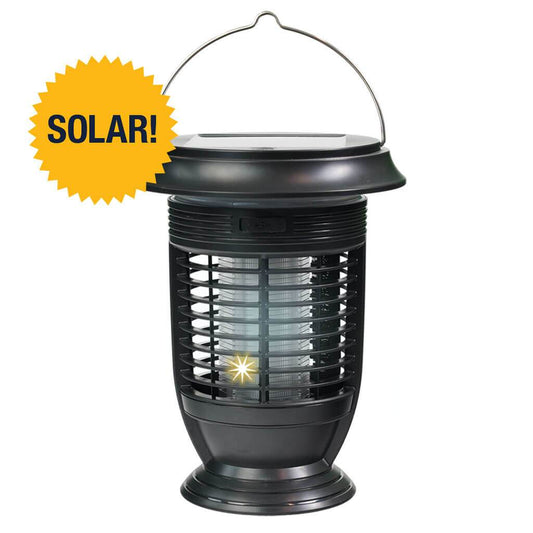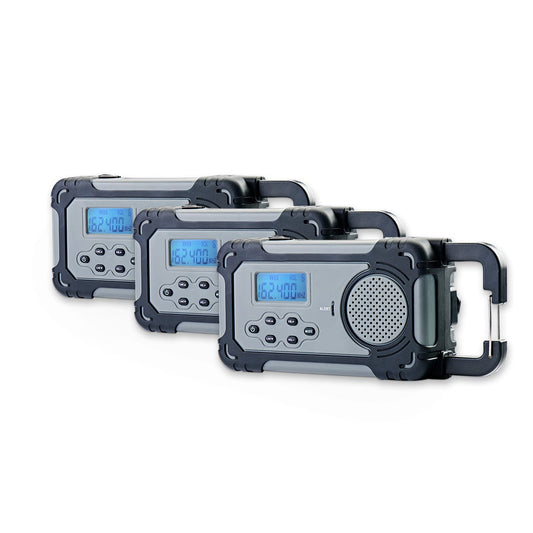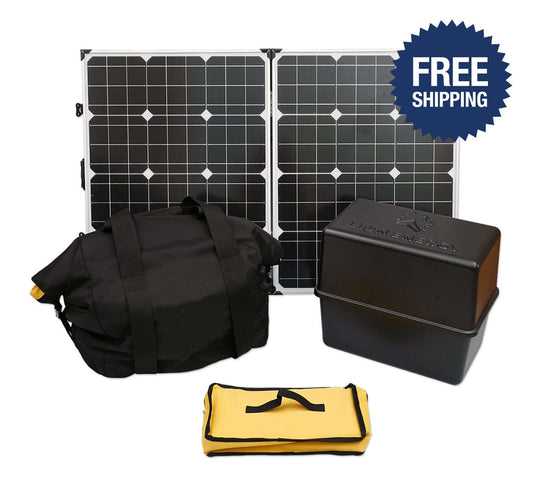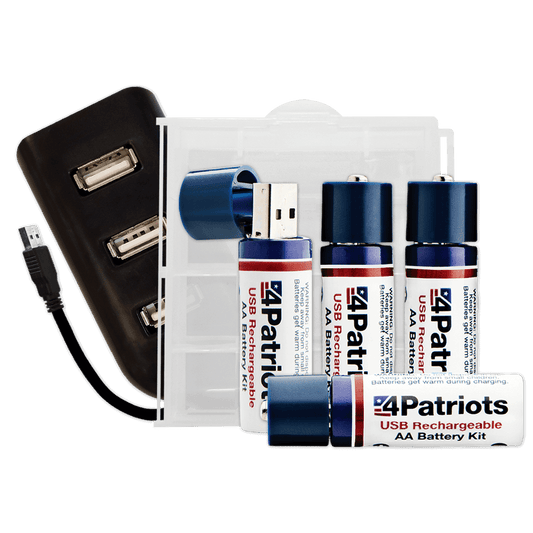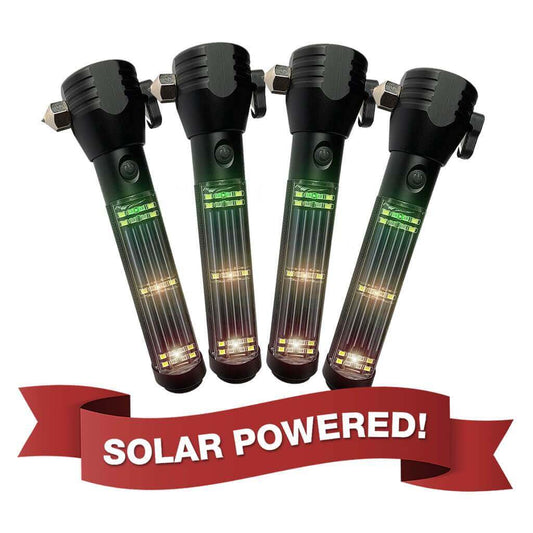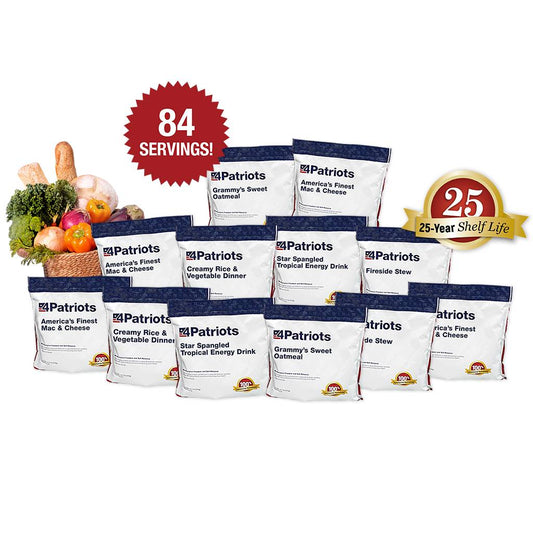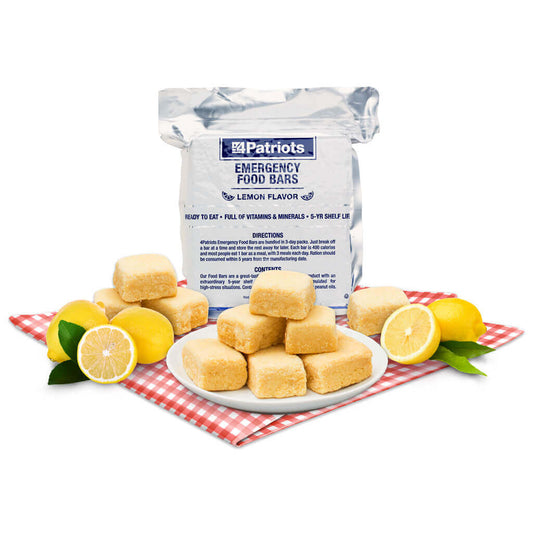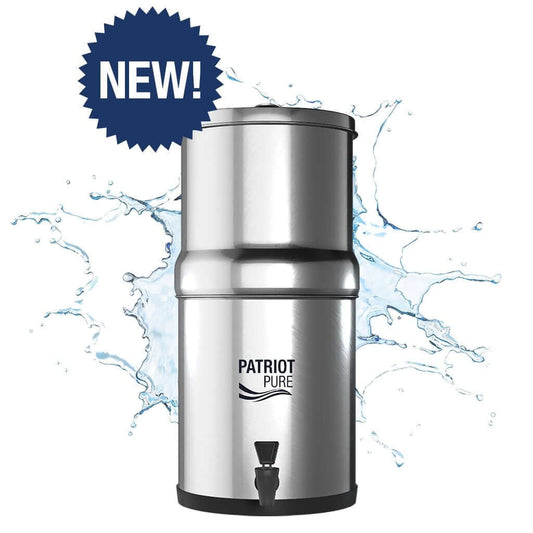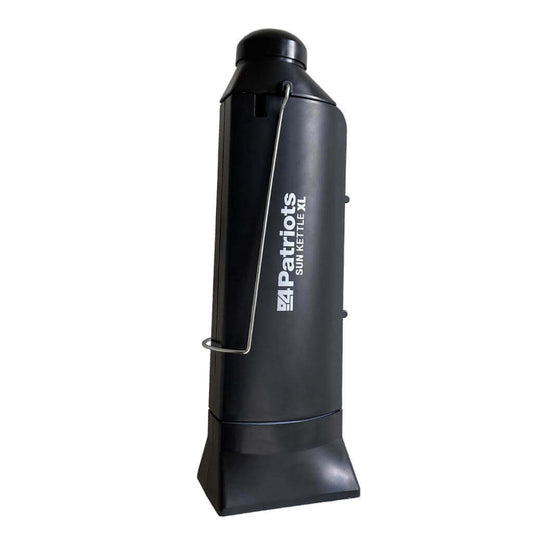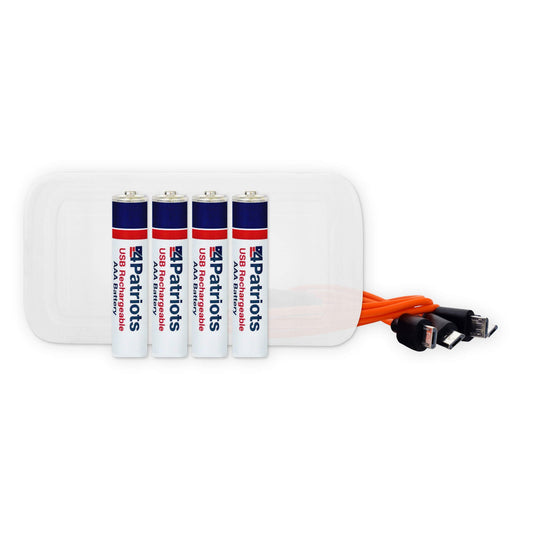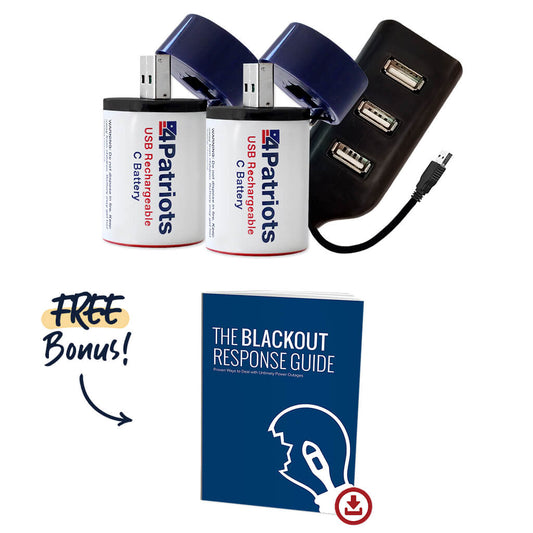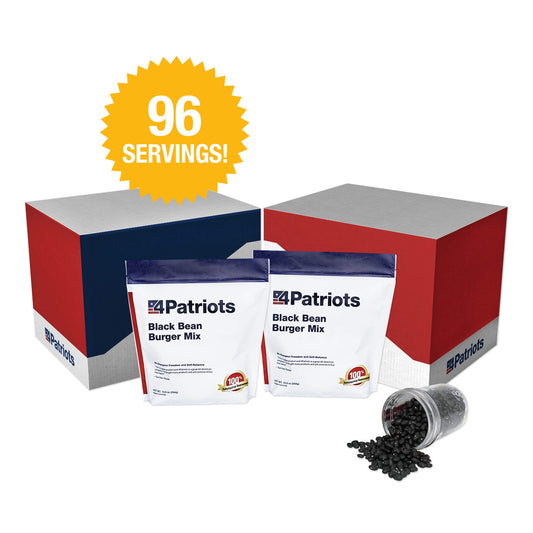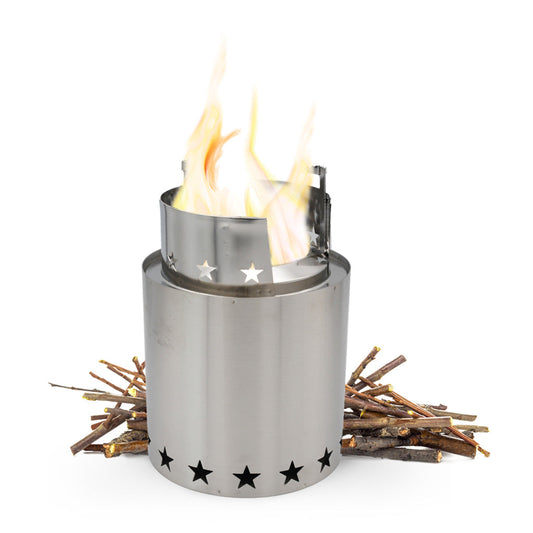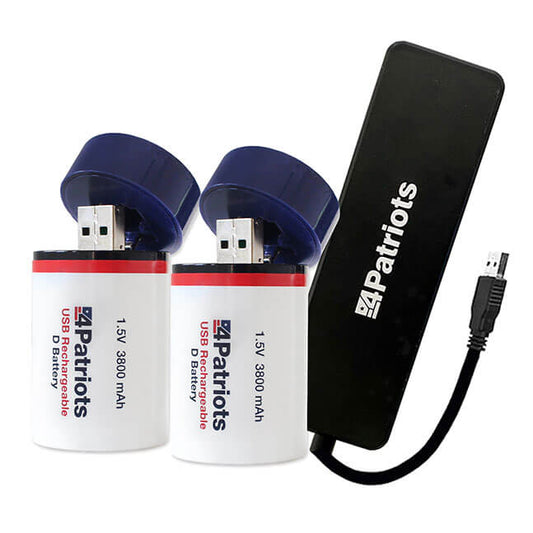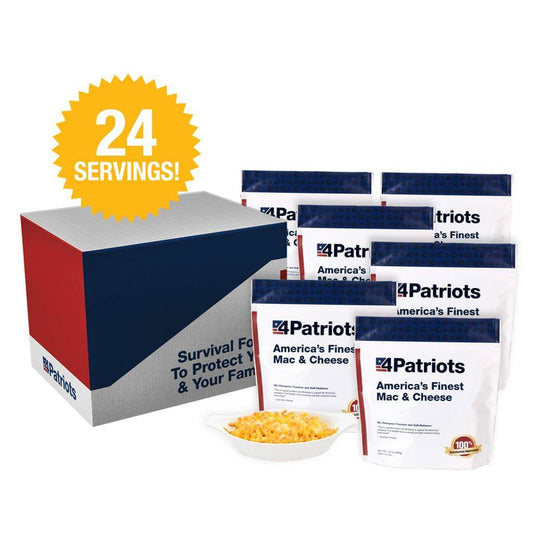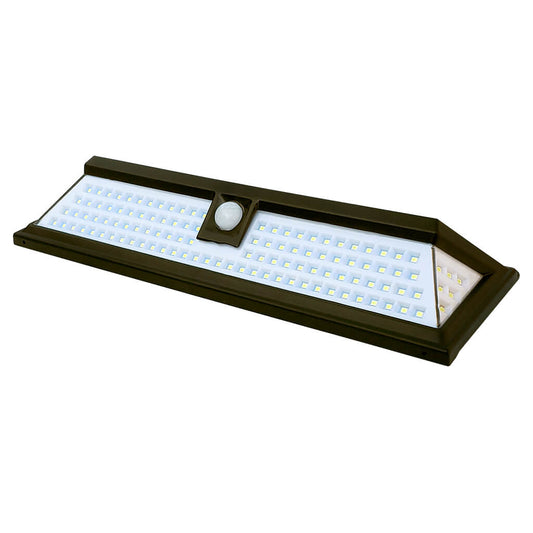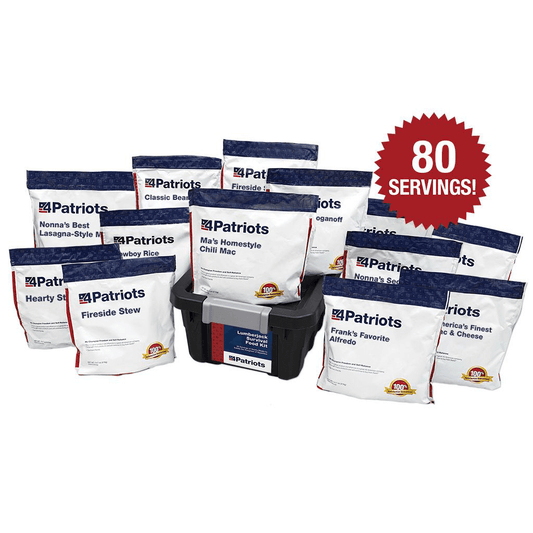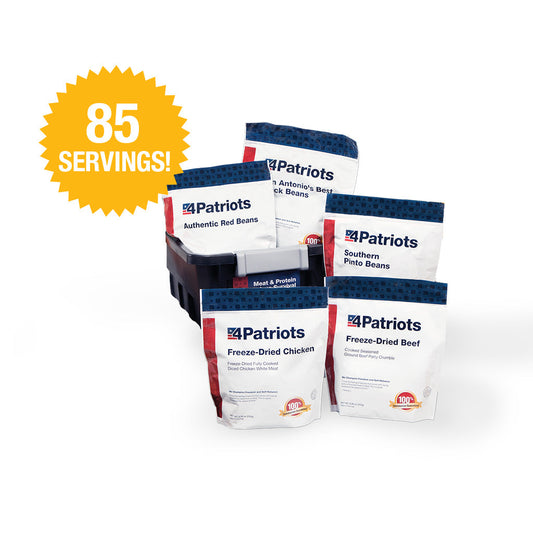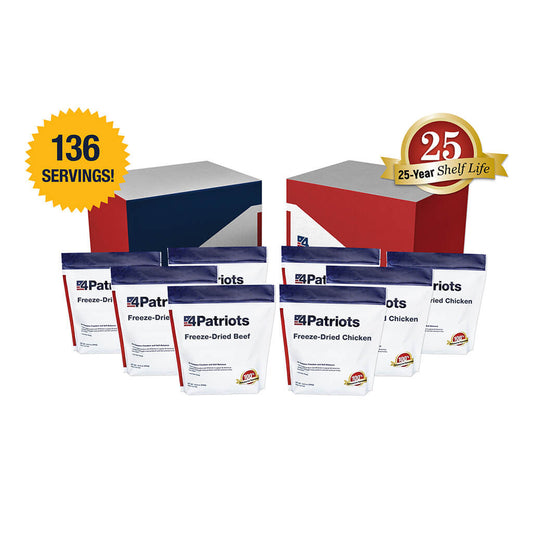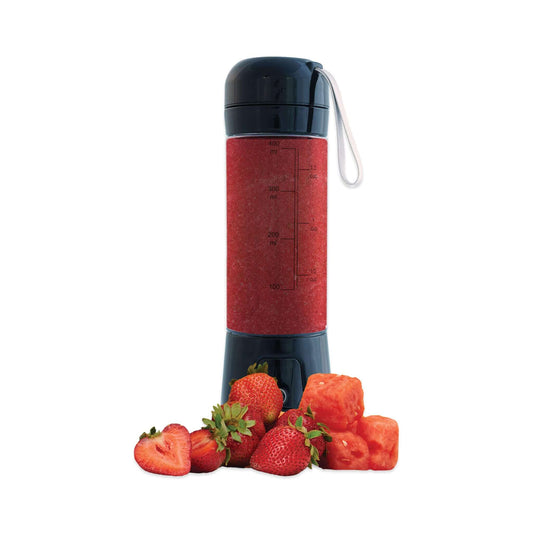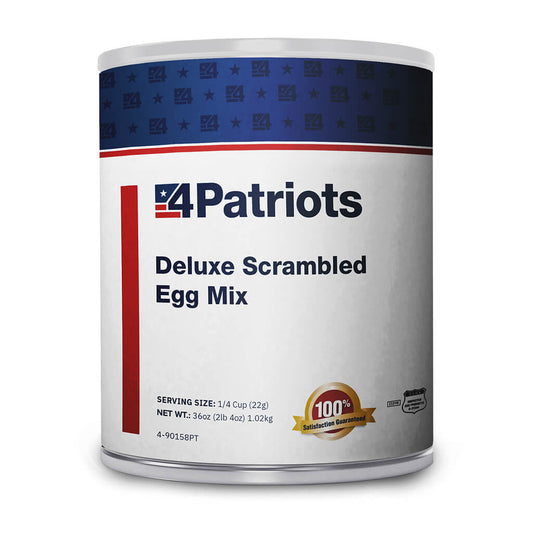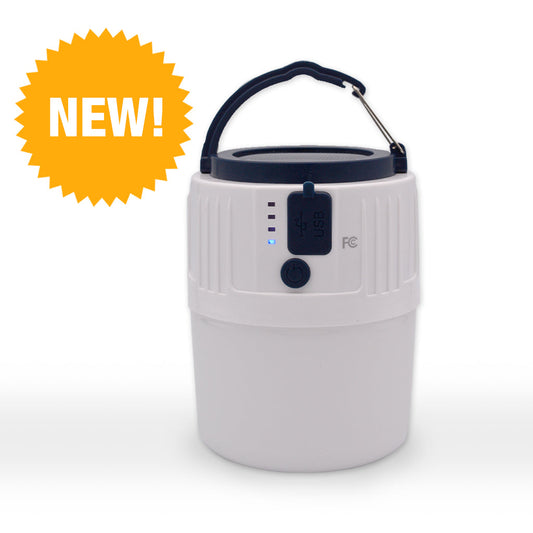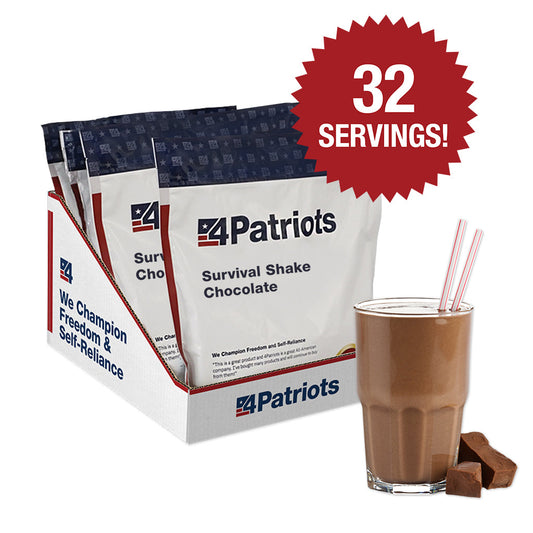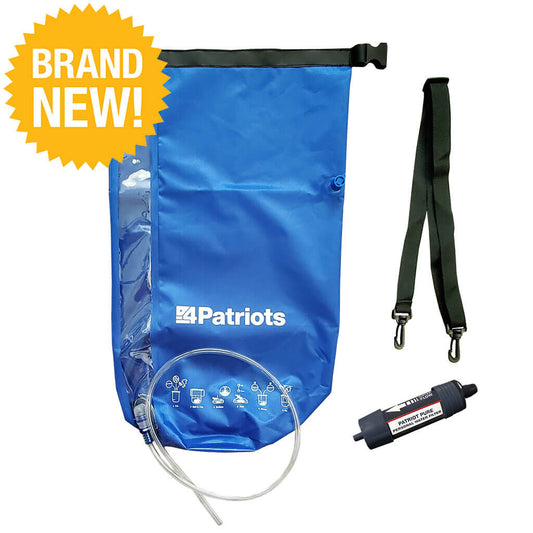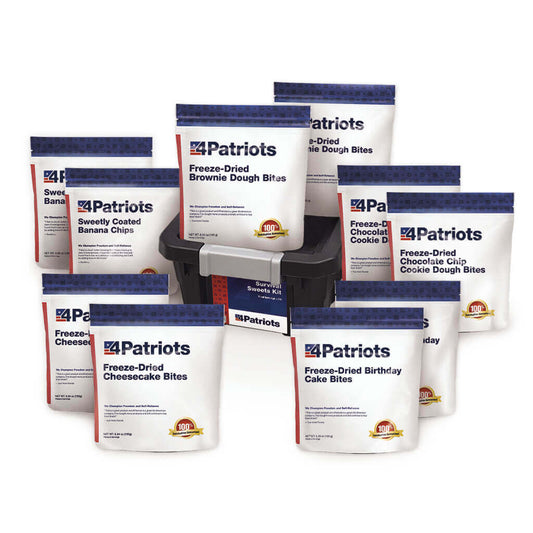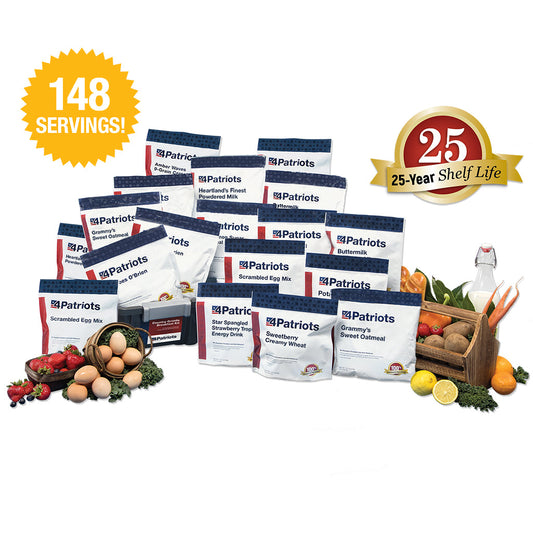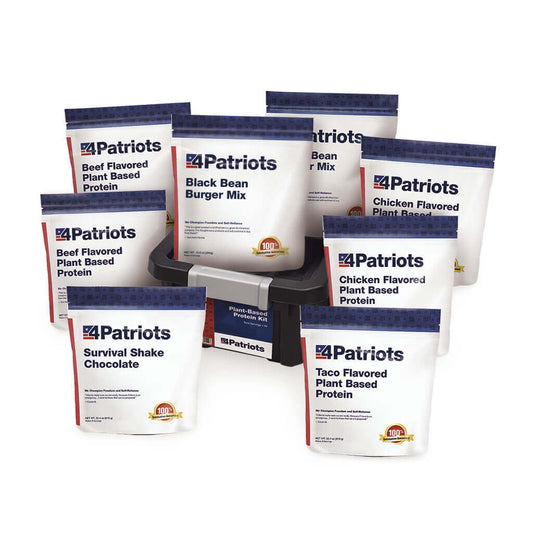
Protect Your Food Stockpile With These Storage Strategies

By purchasing survival food, you’ve taken a major step toward self-sufficiency.
As we’ve seen with the current health crisis – and as we’ll continue to see with future emergencies – counting on grocery stores to have what we need when we need it is a mistake.
The best way to take care of our future food needs is by stockpiling survival food. Government websites tell us to have at least 72 hours’ worth of food and water on hand for an emergency.
Yes, 72 hours’ worth of food is better than nothing. And yes, it’s a good place to start. But if the coronavirus pandemic has taught us anything, it’s that emergencies can last far longer than three days.
Try to build your stockpile up to a week, then a month, then three months and eventually a year. Keep in mind your families’ caloric and special dietary needs. As well as their personal preferences.
But there is more to stockpiling food than just acquiring it. It’s crucial that you take care of it properly. Just imagine how you’d feel if a disaster occurred and you discovered the food you’d stockpiled had gone bad because it wasn’t stored the right way.
Today I’m going to provide you with some food storage advice that will help ensure your stockpile will be just as nutritious and great-tasting when you need it as it is today.
Food storage suggestions
Here are 10 food storage principles to remember.
- Make sure the food you store contains plenty of nutrition. Vitamin and mineral content is even more important than the volume of food you stockpile. Staying well fed and healthy is crucial during a crisis.
- Don’t use sacks or containers that are not airtight to store your food. Air and moisture will greatly decrease the shelf life of stored food. Food in containers that are not airtight can be accessed by insects and critters.
- Keep your food containers in a cool, dry place. Heat and moisture are the chief enemies of stored food. Basements are usually a good place to store food in airtight containers. If you don’t have a basement, keep those containers under a bed or in a closet.
- Keep your food containers away from light. It’s best to go to the dark side here. Light can deplete the vitamin content of food.
- Don’t store too many foods that need refrigeration. It’s likely a crisis will include the loss of electrical power. Food in your refrigerator and freezer will spoil after several hours.
- Include a variety of foods in your stockpile. After a couple of days of eating the same things, you and your family will desire some variety. You want different types of foods with different tastes and textures.
- Make sure your stored food includes a good balance of different vitamins and minerals. Vitamins and minerals help keep you healthy in different ways, and we need all of them.
- Include at least a small percentage of “comfort” foods. They will provide a big psychological lift for individuals and families dealing with a crisis. Keeping morale high among family members when the future looks bleak is essential.
- Check expiration dates regularly and rotate your stored foods. In each container, organize food by expiration date. When an item’s expiration date is approaching, eat that food or donate it to a shelter. Then replace it with newer food.
- Store some of your food in a secondary location. If your home is destroyed in a disaster, you’ll be glad you kept some food and water in another place.
Build it up and store it right
Some folks like to build their own survival food stockpile. They choose mostly non-perishable foods such as freeze-dried meals, canned goods and other bulk items.
Others prefer the done-for-you survival food kits such as what 4Patriots provides. Some like to have a combination.
And there are some folks who even make some of their own survival food. Such as pemmican and hardtack.
Regardless of which strategy you prefer, the keys are building up your supply and storing it properly.
If you do, you’ll be ready for the next crisis. We all know it’s coming, so let’s get ready for it.
Featured Products
- Regular price
- From $799
- Regular price
-
- Sale price
- From $799
- Unit price
- per
- Regular price
- $249
- Regular price
-
- Sale price
- $249
- Unit price
- per
- Regular price
- $2,497
- Regular price
-
$3,194 - Sale price
- $2,497
- Unit price
- per
- Regular price
- $2,499
- Regular price
-
$2,994 - Sale price
- $2,499
- Unit price
- per
- Regular price
- From $29.95
- Regular price
-
$119.80 - Sale price
- From $29.95
- Unit price
- per
- Regular price
- $2,499
- Regular price
-
- Sale price
- $2,499
- Unit price
- per
- Regular price
- $499
- Regular price
-
- Sale price
- $499
- Unit price
- per
- Regular price
- $29
- Regular price
-
- Sale price
- $29
- Unit price
- per
- Regular price
- $2,796
- Regular price
-
- Sale price
- $2,796
- Unit price
- per
- Regular price
- $29.95
- Regular price
-
- Sale price
- $29.95
- Unit price
- per
- Regular price
- $97
- Regular price
-
- Sale price
- $97
- Unit price
- per
- Regular price
- $4,999
- Regular price
-
- Sale price
- $4,999
- Unit price
- per
- Regular price
- $49.95
- Regular price
-
- Sale price
- $49.95
- Unit price
- per
- Regular price
- From $69
- Regular price
-
- Sale price
- From $69
- Unit price
- per
- Regular price
- $201
- Regular price
-
- Sale price
- $201
- Unit price
- per
- Regular price
- From $90.97
- Regular price
-
$129.95 - Sale price
- From $90.97
- Unit price
- per
- Regular price
- $999
- Regular price
-
- Sale price
- $999
- Unit price
- per
- Regular price
- $29.95
- Regular price
-
- Sale price
- $29.95
- Unit price
- per
- Regular price
- From $29.50
- Regular price
-
$30.99 - Sale price
- From $29.50
- Unit price
- per
- Regular price
- $129
- Regular price
-
- Sale price
- $129
- Unit price
- per
- Regular price
- From $27
- Regular price
-
$399.80 - Sale price
- From $27
- Unit price
- per
- Regular price
- $3,494
- Regular price
-
- Sale price
- $3,494
- Unit price
- per
- Regular price
- From $199
- Regular price
-
$205.50 - Sale price
- From $199
- Unit price
- per
- Regular price
- $99.95
- Regular price
-
- Sale price
- $99.95
- Unit price
- per
- Regular price
- $29.95
- Regular price
-
- Sale price
- $29.95
- Unit price
- per
- Regular price
- $8.99
- Regular price
-
$29.95 - Sale price
- $8.99
- Unit price
- per
- Regular price
- $99.95
- Regular price
-
- Sale price
- $99.95
- Unit price
- per
- Regular price
- $29.95
- Regular price
-
- Sale price
- $29.95
- Unit price
- per
- Regular price
- $59.95
- Regular price
-
- Sale price
- $59.95
- Unit price
- per
- Regular price
- $11.98
- Regular price
-
$29.95 - Sale price
- $11.98
- Unit price
- per
- Regular price
- $44.95
- Regular price
-
$44.95 - Sale price
- $44.95
- Unit price
- per
- Regular price
- $24.95
- Regular price
-
$49.95 - Sale price
- $24.95
- Unit price
- per
- Regular price
- $114.95
- Regular price
-
- Sale price
- $114.95
- Unit price
- per
- Regular price
- $189
- Regular price
-
- Sale price
- $189
- Unit price
- per
- Regular price
- $499
- Regular price
-
- Sale price
- $499
- Unit price
- per
- Regular price
- $59.95
- Regular price
-
- Sale price
- $59.95
- Unit price
- per
- Regular price
- $39.95
- Regular price
-
- Sale price
- $39.95
- Unit price
- per
- Regular price
- $59.95
- Regular price
-
- Sale price
- $59.95
- Unit price
- per
- Regular price
- $19.95
- Regular price
-
- Sale price
- $19.95
- Unit price
- per
- Regular price
- $99.95
- Regular price
-
- Sale price
- $99.95
- Unit price
- per
- Regular price
- $69
- Regular price
-
- Sale price
- $69
- Unit price
- per
- Regular price
- $14.27
- Regular price
-
$21.95 - Sale price
- $14.27
- Unit price
- per
- Regular price
- $149.95
- Regular price
-
- Sale price
- $149.95
- Unit price
- per
- Regular price
- $79.95
- Regular price
-
- Sale price
- $79.95
- Unit price
- per
- Regular price
- $39.95
- Regular price
-
- Sale price
- $39.95
- Unit price
- per
- Regular price
- $114.95
- Regular price
-
- Sale price
- $114.95
- Unit price
- per
- Regular price
- $39.95
- Regular price
-
- Sale price
- $39.95
- Unit price
- per
- Regular price
- $99.95
- Regular price
-
- Sale price
- $99.95
- Unit price
- per
- Regular price
- $24.95
- Regular price
-
- Sale price
- $24.95
- Unit price
- per
- Regular price
- $24.95
- Regular price
-
- Sale price
- $24.95
- Unit price
- per





